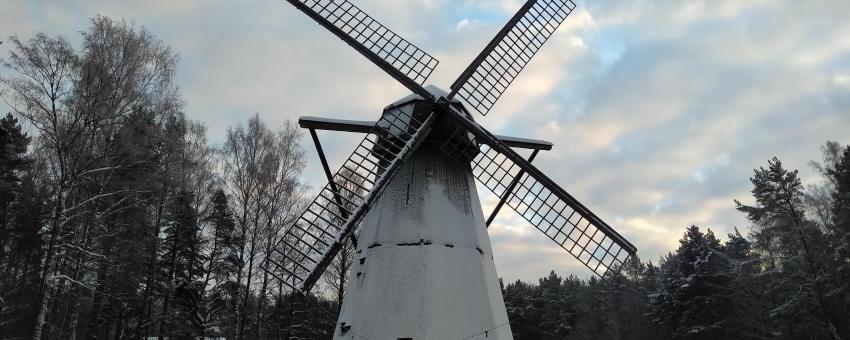The Estonian Open-Air Museum
Village life reconstructed

The one attraction in Tallinn’s western outskirts is the Estonian Open-Air Museum (Eesti vabaõhumuuseum). Arranged in a spacious wooded park, the museum brings together more than a hundred eighteenth- and nineteenth-century village buildings from different parts of the country.
Exhibits illustrate how Estonian dwellings developed from single longhouses in which humans and animals lived cheek by jowl to more sophisticated farmsteads, in which barns and other outbuildings were built to accommodate the beasts.
Estonian living rooms were traditionally built around open hearths with no chimneys – the resulting fug facilitated the drying of grain and the curing of meat and fish. Until the twentieth century most Estonian houses were built from spruce or pine – except on Saaremaa, where stone walls were sometimes used – as evidenced by a pair of farmsteads on display here.